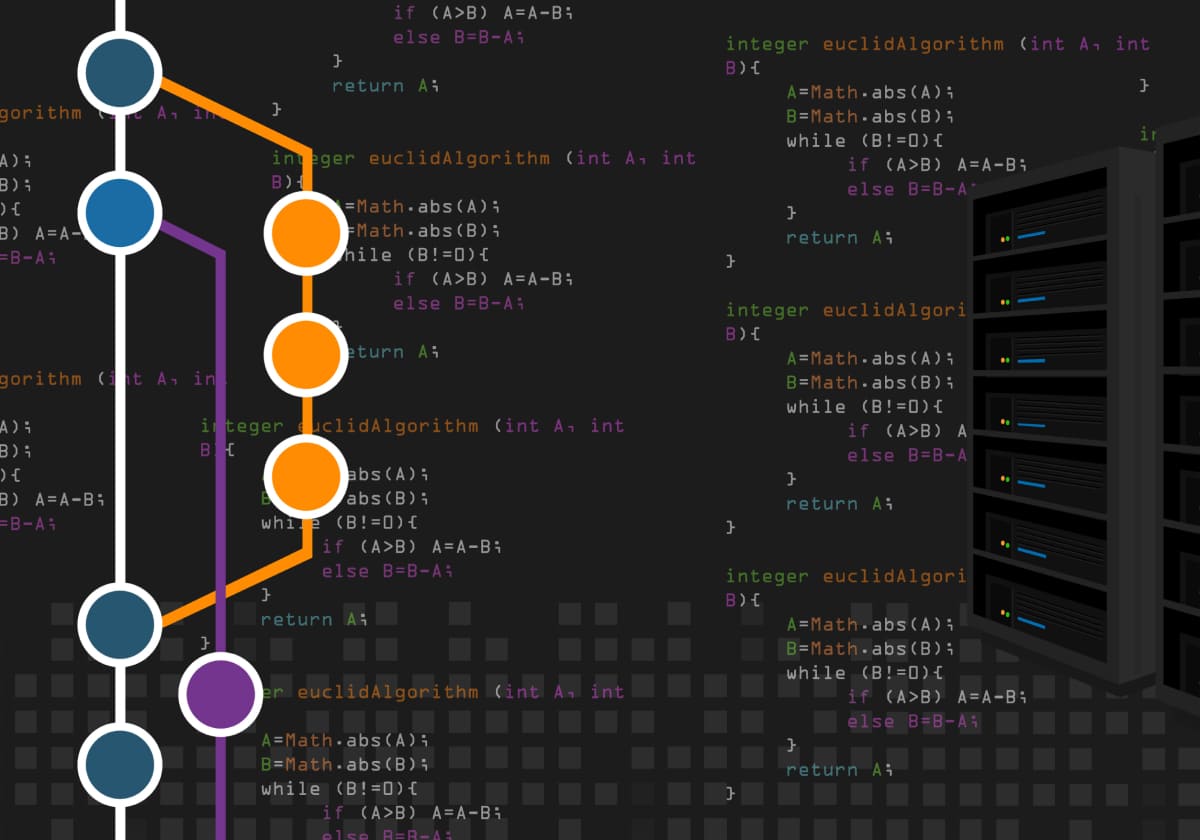How to effectively manage versioning and change control in Magento 2 projects?

Versioning and change control are key elements in the management of any programming project, especially in complex e-commerce projects such as those based on Magento 2. Effective versioning management allows you to track changes in the code, facilitates cooperation between developers and minimizes the risk of introducing errors into the production environment. Below are some best practices that will help you effectively manage versioning and change control in your Magento 2 projects.
1. Using a version control system (VCS)
The basis for effective versioning management is the use of a version control system (VCS) such as Git. Git allows you to track the history of code changes, manage different versions of a project, and collaborate between multiple developers. Each modified file is logged, allowing you to revert to earlier versions if errors are introduced. Using Git in conjunction with platforms like GitHub, GitLab, or Bitbucket provides additional project management tools such as pull requests, code reviews, and CI/CD process automation.
2. Branch structure (branching strategy)
An important element of Magento 2 project management is the appropriate branch structure. Popular strategies include:
Git Flow: A traditional and well-known strategy that uses main branches such as main (or master) and develop, as well as temporary branches such as feature, release and hotfix. Main contains the stable version of the project, develop is used for ongoing development, feature stores changes related to new functionalities, release prepares new releases, and hotfix allows you to quickly fix critical errors.
GitHub Flow: A more simplified strategy that relies on the main branch and short-lived functional branches that are merged into main once work on a given functionality is completed. This strategy is especially useful in smaller teams or less complex projects.
Choosing the right strategy depends on the size of the team, the complexity of the project and the preferences of the development team. It is important that the entire team agrees on the chosen strategy and follows its rules.
3. Naming conventions and committee announcements
Clear and consistent branch naming and committee messages are key to maintaining project transparency. For example, functional branches can be named feature/feature-name, and fix branches bugfix/issue-description. Committee messages should be concise and precisely describe the changes introduced, e.g. A new PayPal payment method has been added, a display error on the shopping cart page has been fixed. Good practices include using conventions such as Conventional Commits, which help automate release processes and generate changelogs.
4. Code Review and Pull Requests
The code review process and pull requests are an essential element of quality control. Before merging changes to the main branch, another developer should review the code to detect potential errors and ensure compliance with coding standards. Pull requests allow you to discuss changes and make any corrections before they are implemented. Regular code reviews help share knowledge within the team and maintain high code quality.
5. Test automation
Test automation is key to ensuring that code changes do not introduce new bugs. Continuous integration (CI) using tools such as Jenkins, GitHub Actions or GitLab CI/CD allows you to automatically run tests with each commit or pull request. Magento 2 has built-in testing mechanisms, such as unit tests, integration tests and functional tests, which can be integrated with the CI process. Automated testing helps detect errors quickly and ensures project stability.
6. Database versioning
In e-commerce projects, changes in the code often go hand in hand with changes in the database. Tools such as Liquibase and Flyway enable versioning of the database schema, which makes it easier to manage migrations and synchronize the database with the application code. Thanks to this, you can avoid problems related to data inconsistency and easily manage database updates.
Using tools to monitor and audit changes, such as ELK Stack (Elasticsearch, Logstash, Kibana), New Relic or Grafana, allows you to keep track of application performance and detect potential problems after implementing new versions. Regular audit of changes and review of logs can help you quickly respond to any irregularities. Monitoring key performance indicators (KPIs) allows you to constantly assess the impact of changes introduced on the operation of the store.
8. Documentation
Well-maintained documentation is crucial to maintaining project consistency and making work easier new team members. Documentation should include versioning policies, CI/CD processes, coding standards, and all relevant project information. Regularly updating documentation is essential to ensure that all team members have access to the latest information and procedures.
Effective management of versioning and change control in Magento 2 projects requires the use of appropriate tools and adherence to proven practices. Thanks to this, the programming team can work effectively, minimize the risk of errors and ensure the high quality of the final product. Integration with CI/CD tools, test automation and regular code reviews contribute to maintaining high quality and stability of the application. The introduction of a branch structure, naming convention and monitoring of changes additionally support project management and facilitate team cooperation. Thanks to this, Magento 2 becomes an even more reliable e-commerce platform, ready to meet the requirements of a dynamically changing market.




